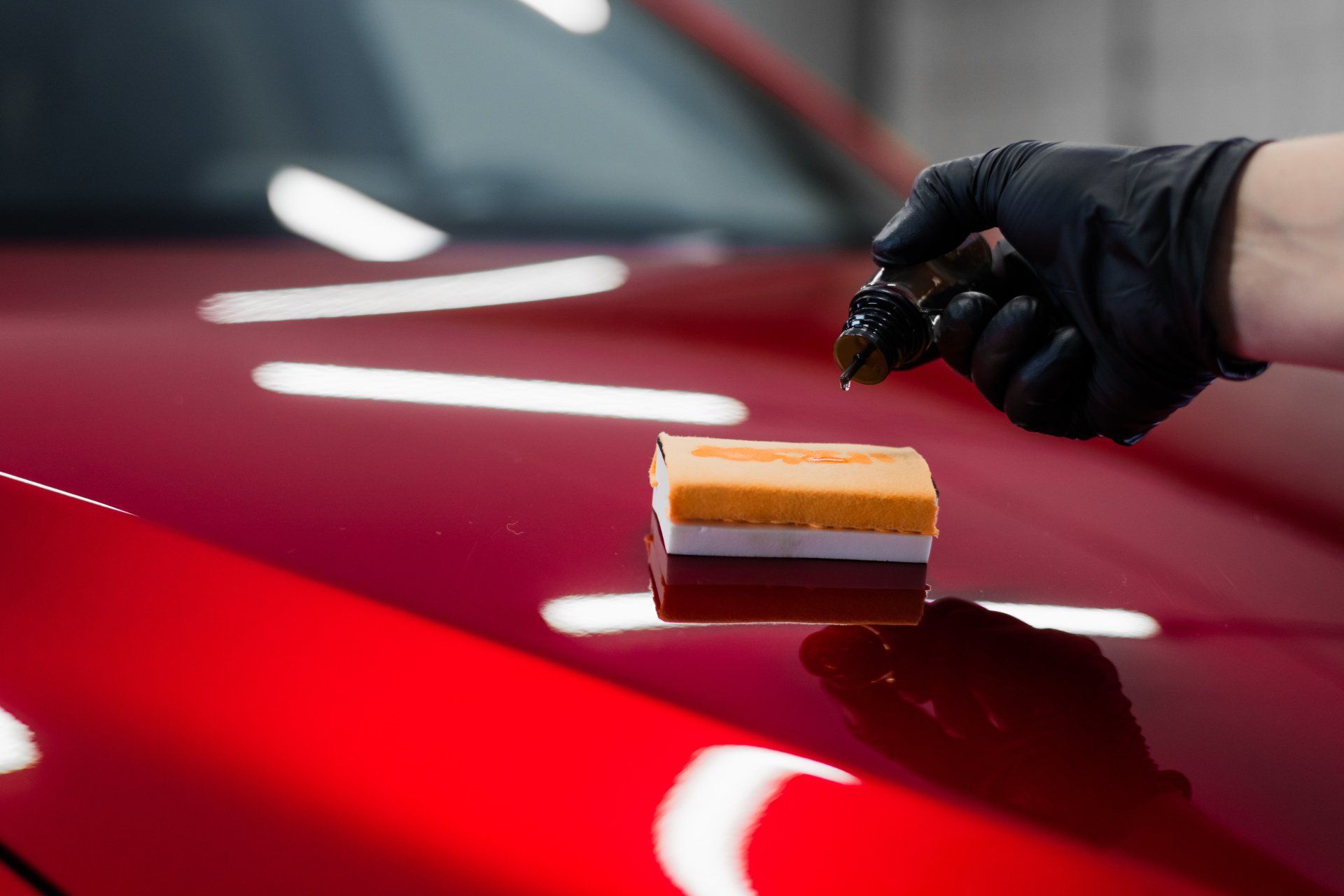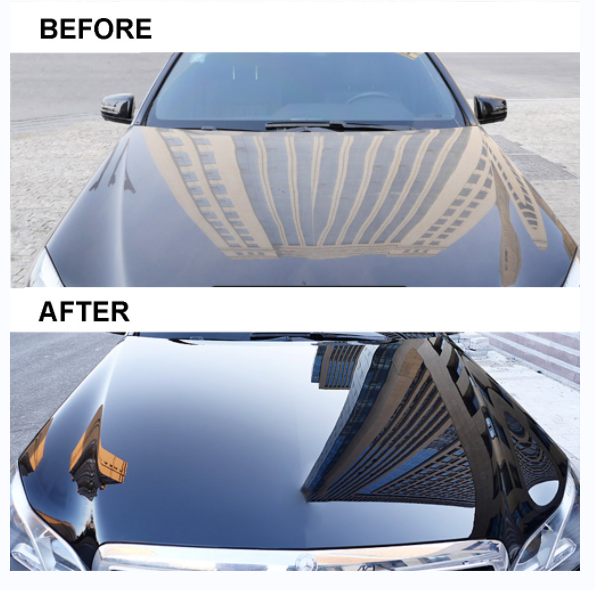Protect your car with durable paint protection film for enhanced scratch resistance.
A Comprehensive Overview to the Kinds Of Ceramic Coating on the marketplace
Ceramic finishings have actually emerged as a pivotal option across various sectors because of their one-of-a-kind residential properties and applications. From silica-based formulas known for their robustness to crossbreed choices that combine several benefits, the choices offered can be overwhelming. Comprehending the subtleties of each kind, including their certain benefits and ideal usage situations, is vital for making notified choices. As we discover the unique features and applications of these coatings, the ramifications for efficiency and durability come to be significantly evident, questioning about which type may ideal suit your requirements.
Understanding Ceramic Coatings
Ceramic finishings are innovative protective solutions that have actually obtained appeal in numerous sectors, specifically in vehicle and aerospace applications. These layers contain a fluid polymer that, when healed, creates a long lasting, hydrophobic layer on the surface area of the substrate. This layer provides enhanced resistance to ecological impurities, UV radiation, and chemical direct exposure, thus expanding the life and visual charm of the underlying material.
The essential component of ceramic finishes is silica, which adds to their firmness and toughness. The application procedure typically entails surface area preparation, application of the coating, and healing, which can be attained with heat or UV light. As soon as treated, ceramic finishings display exceptional bonding homes, allowing them to stick highly to a variety of surfaces, consisting of metals, plastics, and glass.
Along with their protective features, ceramic finishes likewise offer convenience of maintenance. Their hydrophobic nature minimizes the adherence of dust and gunk, making cleansing less complex and less regular. Overall, the fostering of ceramic layers stands for a substantial innovation in surface security technology, supplying both practical and visual benefits across multiple markets.
Kinds Of Ceramic Coatings
Various types of ceramic layers are readily available, each created to meet particular efficiency demands and applications - Paint Protection Film. The most typical kinds consist of:
Silica-based Coatings: These coverings primarily contain silicon dioxide and are known for their toughness and chemical resistance. They are widely used in automotive and commercial applications.
Titanium Dioxide Coatings: Prominent for their photocatalytic residential or commercial properties, titanium dioxide finishes are usually used in environments where self-cleaning and antifungal properties are desirable, such as in structure materials and automobile surfaces.
Zirconia Coatings: Defined by their high-temperature security and thermal resistance, zirconia coatings are utilized in applications such as turbine engines and high-performance automotive elements.
Alumina Coatings: Showing superb solidity and thermal security, alumina coverings are regularly made use of in wear-resistant applications, consisting of reducing tools and commercial equipment. - Auto Detailing
Crossbreed Coatings: Combining the homes of various materials, hybrid coatings supply improved efficiency qualities, making them suitable for unique and demanding applications.
Each kind of ceramic finishing serves distinctive objectives, allowing customers to choose one of the most suitable solution based upon particular environmental problems and efficiency demands.
Benefits of Ceramic Coatings
Ceramic finishes, in particular, deal countless benefits that make them progressively preferred among makers and customers alike. These finishes are i was reading this immune to scrapes, chemicals, and UV rays, ensuring that the underlying surface stays safeguarded over time.
In addition to resilience, ceramic finishes provide excellent hydrophobic properties, enabling for simple cleansing and upkeep. This water-repellent nature reduces the adherence of dust, gunk, and other pollutants, which can extend the aesthetic appeal and capability of the surface area. Ceramic coatings can substantially improve thermal resistance, making them excellent for applications that withstand high temperature levels.

Application Process
When applying ceramic layers, a meticulous technique is vital to accomplish optimal outcomes. The application process typically starts with comprehensive surface prep work. This involves cleaning, decontaminating, and polishing the surface area to get rid of all contaminations, consisting of dirt, grease, and prior waxes or sealants. A clean surface area makes sure proper bond of the finishing.
When the surface area is prepped, the following action is to use the ceramic layer. The covering must be used in slim layers, as thicker applications can lead to irregular finishes.
After application, the coating needs a specific curing time, usually varying from a few hours to a complete day, relying on the item. Throughout this time, it is important to stay clear of exposure to moisture or contaminants. A gentle buffing may be necessary after curing to boost the gloss and get rid of any type you can try these out of high spots. Complying with these actions vigilantly will make the most of the effectiveness and longevity of the ceramic covering, offering a durable protective layer for the surface.
Upkeep and Durability
To guarantee the longevity and efficiency of a ceramic finish, routine maintenance is vital. Ceramic finishings, recognized for their longevity and protective qualities, need particular treatment regimens to maximize their life-span and performance. The primary step in maintenance includes regular washing with pH-neutral soap, staying clear of severe chemicals that can degrade the coating. It is advisable to clean the car routinely, preferably every two weeks, to stop the build-up of impurities that could jeopardize the covering's stability.
Along with regular washing, routine evaluations are important. Try to find indicators of wear or damages, such as hydrophobic residential or commercial properties lessening or surface blemishes. If needed, a light gloss might be applied to invigorate the coating without removing it away.
In addition, the application of a booster spray can boost the coating's hydrophobic effects and restore its gloss. This is particularly beneficial for finishes that have remained in usage for an extensive duration. Eventually, by sticking to these maintenance methods, one can dramatically expand the life of a ceramic layer, guaranteeing that it continues to offer ideal protection against ecological variables and keep the visual charm of the car.
Final thought
